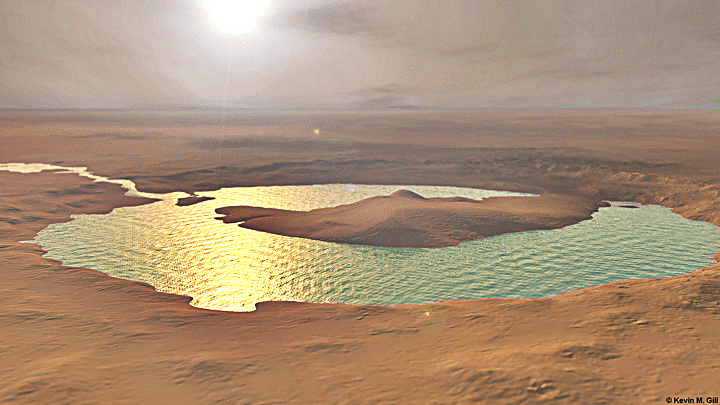The
mid-weeks of August are usually taken over by the Perseids meteor shower, but
there’s another contender this year. A partial solar eclipse will be visible on
August 11, just hours before the peak of the Perseids. The moon will cover
about 65 percent of the solar disk at the most, with its maximum happening in
the East Siberian Sea near the Wrangel Island at 9:47 am UTC (5:47 ET).
The eclipse
will be visible from many countries in the Northern Hemisphere, with Eastern
Canada experiencing it after dawn and North and South Korea able to see the
event at sunset. Seoul will see a 35 percent coverage of the Sun. Scandinavian
capitals Helsinki, Oslo, and Stockholm will respectively experience 8, 5, and 4
percent coverage of the solar disk. Scotland will experience similar levels of
coverage as well.
For Europe
and Western Russia, the higher the latitude, the higher the coverage, but in
Asia being toward the East also helps. The eclipse will be visible throughout
Siberia, Mongolia, and most of China, while the percent cover in Shanghai will
be about 20 percent, roughly what people in Iceland are going to experience.
Check out a location map here.
This eclipse
is part of the Metonic series of eclipses, which repeat almost every 19 years
exactly, in a cycle of five. This one is the last in this cycle, with the
previous four taking place on August 12, 1942, August 11, 1961, August 10,
1980, and August 11, 1999. The last one was a total eclipse visible across most
of continental Europe and attracted similar media interest to 2017’s Great
American Eclipse.
The Metonic
cycle is important in both ancient and modern calendars – the Babylonians and
Ancient Chinese used it, and it is still used in the modern Hebrew calendar. It
was also used to calculate the date of Easter in the Middle Ages. The most
famous example of the use of this system is probably the Antikythera mechanism,
an ancient Greek clockwork computer that, thanks to 37 gears, was able to
follow the movement of the Moon and the Sun with respect to the zodiac as well
as predict eclipses.
The next
solar eclipse will be another partial one on January 6, 2019, visible in
Eastern Asia. The next total one will happen on July 2, 2019, across the
Pacific Ocean and South America.




Post A Comment:
0 comments: